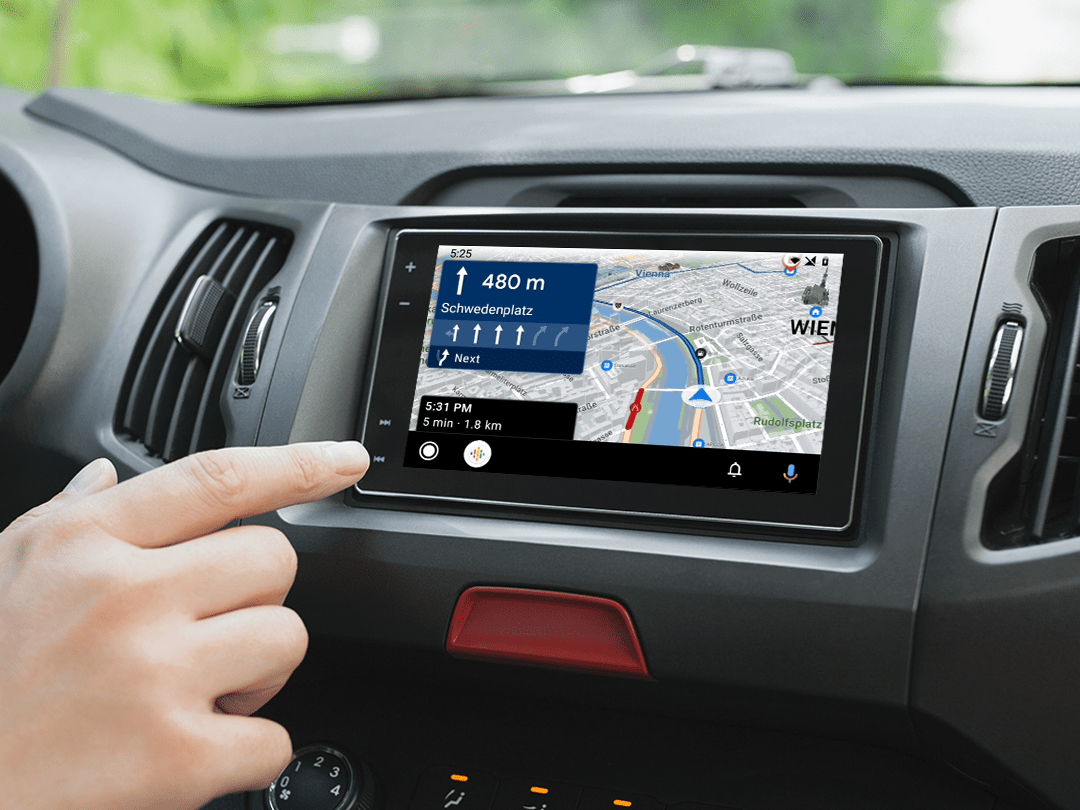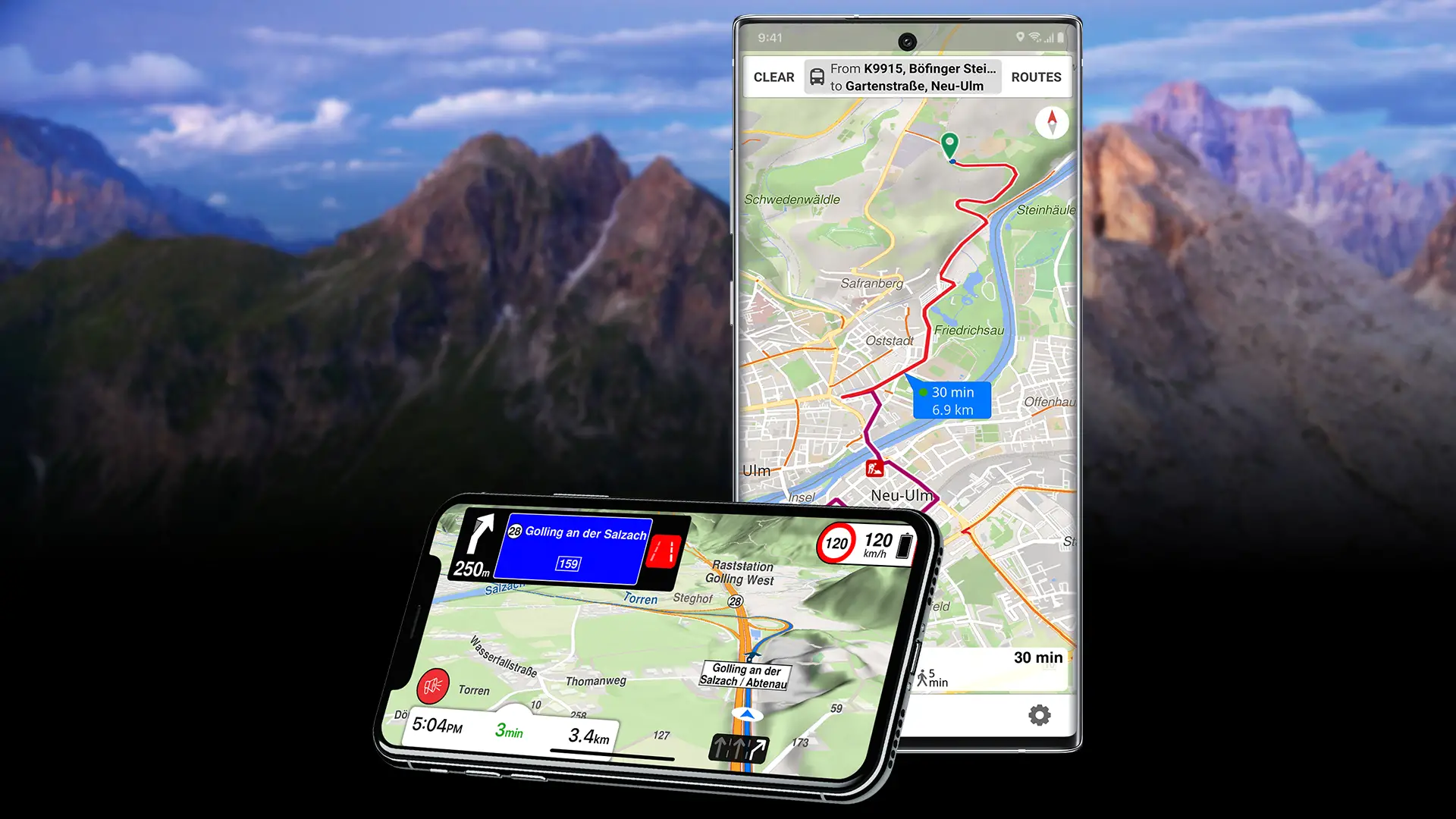Quick Answer
- Organic Maps is great for wilderness navigation. The app works offline and doesn’t require cellular service or WiFi. Use it for hiking, cycling, remote areas, or anywhere you need reliable offline navigation with zero tracking. Free app.
- Magic Earth works well for city navigation or anywhere real-time traffic matters. This app now requires a $1/year subscription to use on both iOS and Android.
When to Use Organic Maps

Hiking and wilderness navigation is where Organic Maps shines. The app shows detailed contour lines, elevation profiles, peaks, slopes, and official hiking trails that often don’t exist on commercial maps. You can download lightweight offline maps (Rhode Island is just 29MB, Massachusetts regions total 113MB), put your phone in airplane mode, and navigate backcountry trails for days.
Users report minimal battery drain even on full-day hikes. The power-saving features and offline-first design mean you’re not constantly pinging cell towers or downloading data.
An August 2025 update added dedicated cycling and mountain bike route overlays showing popular paths worldwide. The app optimizes routes for bikes, includes bike paths that cars can’t access, and shows cycling-specific details like grades and elevation changes.
Remote and rural areas where cell service is spotty work perfectly with Organic Maps. Since everything runs offline, you don’t need connectivity.
Quick offline search is surprisingly good. You can find addresses, hotels, restaurants, fuel stops, and ATMs without waiting for network responses. The search works entirely from downloaded map data.
Contributing to maps is built-in. You can sign into your OpenStreetMap account and add missing places, fix errors, or update information as you travel.
When to Use Magic Earth

Daily city driving is where Magic Earth excels. It offers real-time traffic updates every minute. Reviewers report the crowd-sourced traffic works surprisingly well even in smaller cities.
During testing, I noticed this app now requires a $1/year subscription to use.
CarPlay and Android Auto integration means Magic Earth displays on your car’s dashboard. You get full navigation through your vehicle’s screen with steering wheel controls. Organic Maps only added basic Android Auto support recently and lacks CarPlay entirely.
Complex urban navigation benefits from Magic Earth’s features. Lane guidance shows exactly which lane to take well before turns. Speed camera warnings, current speed limits, and head-up display mode all help with city driving.
Public transit routing only exists in Magic Earth. It combines bus, metro, subway, train, and ferry routes with walking directions, transfer times, departure schedules, and costs where available.
Weather forecasts appear in Magic Earth, showing current conditions and 14-day predictions for locations.
Privacy Features
Magic Earth’s real-time traffic requires uploading your anonymized GPS location. They claim no tracking or data profiling, but you’re sharing location data to get traffic updates.
Organic Maps transfers to no data from your device. It doesn’t transmit your location. There is zero data collection.
Map Quality
Both apps use OpenStreetMap, which means data quality varies by region. Major cities worldwide have excellent coverage. Europe is consistently great. Rural areas in some countries can be spotty.
\When you find errors, you can fix them yourself by editing OSM. Commercial maps don’t give you that power. Your fix helps every OSM-based app, not just the one you’re using.








